‘Explore, Discover, Create.’ What is the Junior School Creative Curriculum?
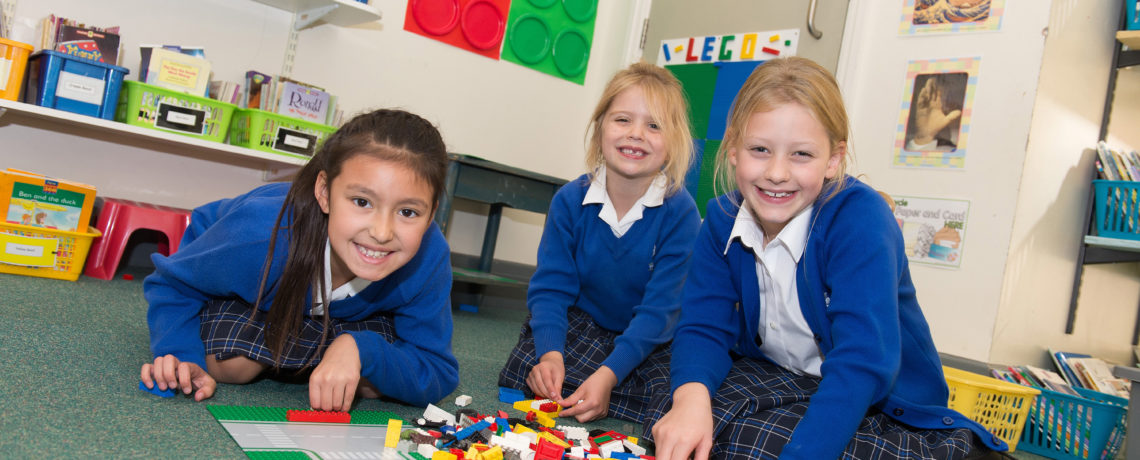

For girls in Junior School the afternoons are handed over to the ‘Creative Curriculum’, known as ‘Explore, Discover, Create’ (EDC). This covers the traditional subjects of History, Geography, Science, Art, Design Technology and Music, but taught in a thematic way. We visited the Junior School and spoke with Miss Wilson, our EDC Curriculum specialist, to find out more about her lessons and how they benefit our young girls.
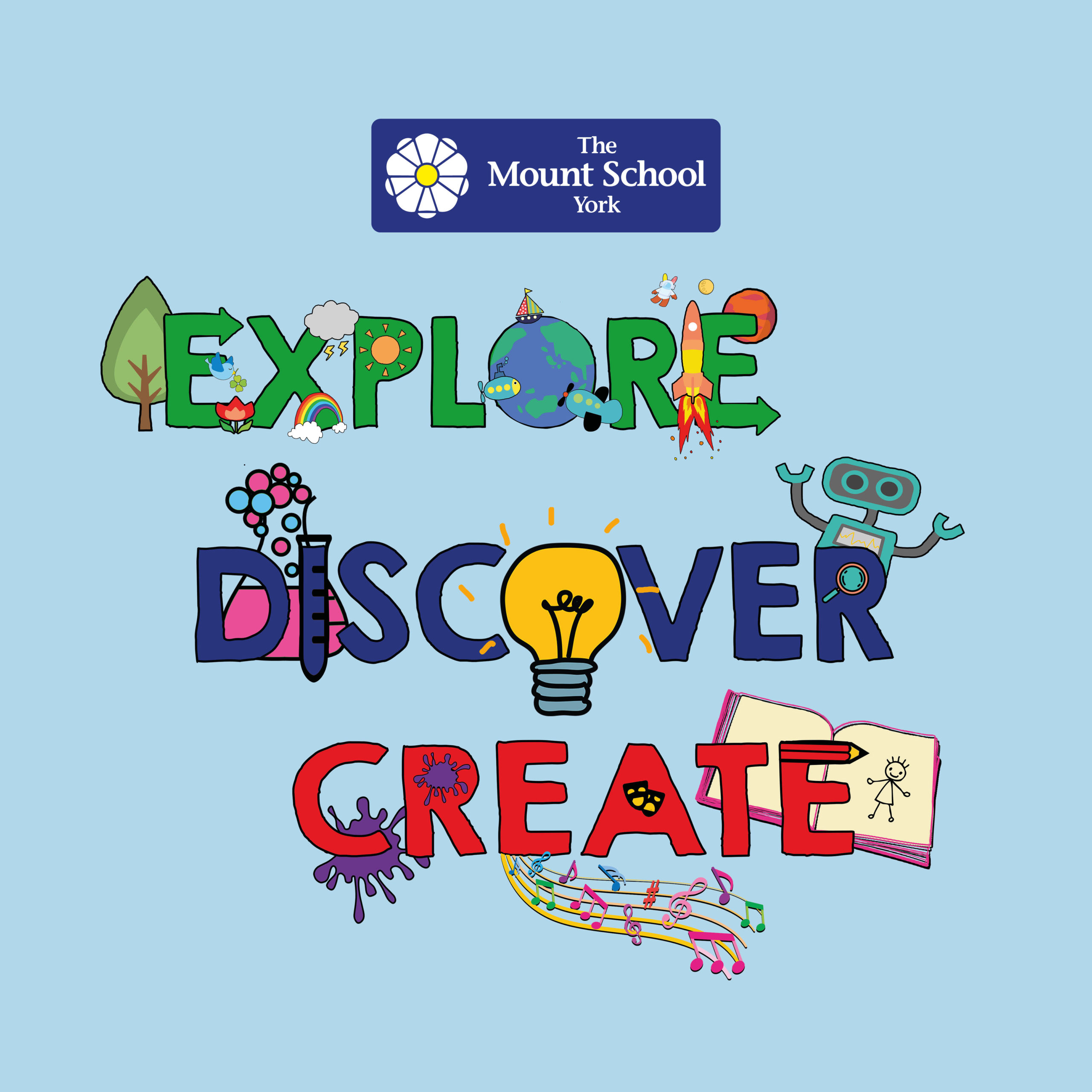 What is the Creative Curriculum?
What is the Creative Curriculum?
The Creative Curriculum is all about Creative Thinking. Exploring, discovering and creating with your mind, thinking, questioning, and experimenting. Although we do have lots of fun with paints and art supplies, here the term ‘creative’ does not just refer to making things, it is about creative thinking. It is about encouraging the girls to think outside the box, giving them opportunities to develop and express themselves, and their ideas, in new ways. In fact, we don’t just encourage girls to think outside the box, we encourage them to destroy the box!
How does the Creative Curriculum benefit girls?
Young girls are naturally curious, they learn by asking questions. It is our responsibility to encourage their inquisitive minds, to allow them to ask their questions and not to be afraid to not know the answer or make mistakes. The Creative Curriculum gives girls the opportunity to explore their imagination, to experiment, take risks, and then to reflect and discover their own conclusions. We are very proud to say that Mount girls are curious, creative and bold thinkers.
Why teach a Creative Curriculum?
One of the biggest challenges facing parents and teachers, is raising our girls to live and work in a world that is going to be very different to the one we live in; their future landscape is ever changing. Latest workplace research suggests that in the future skills will be needed to cope with a rapidly changing, ever evolving world. In the workplace you are not assessed on a weekly spelling test but on your quality of work and quality of character, for example how you manage your time, or how you work in a team.
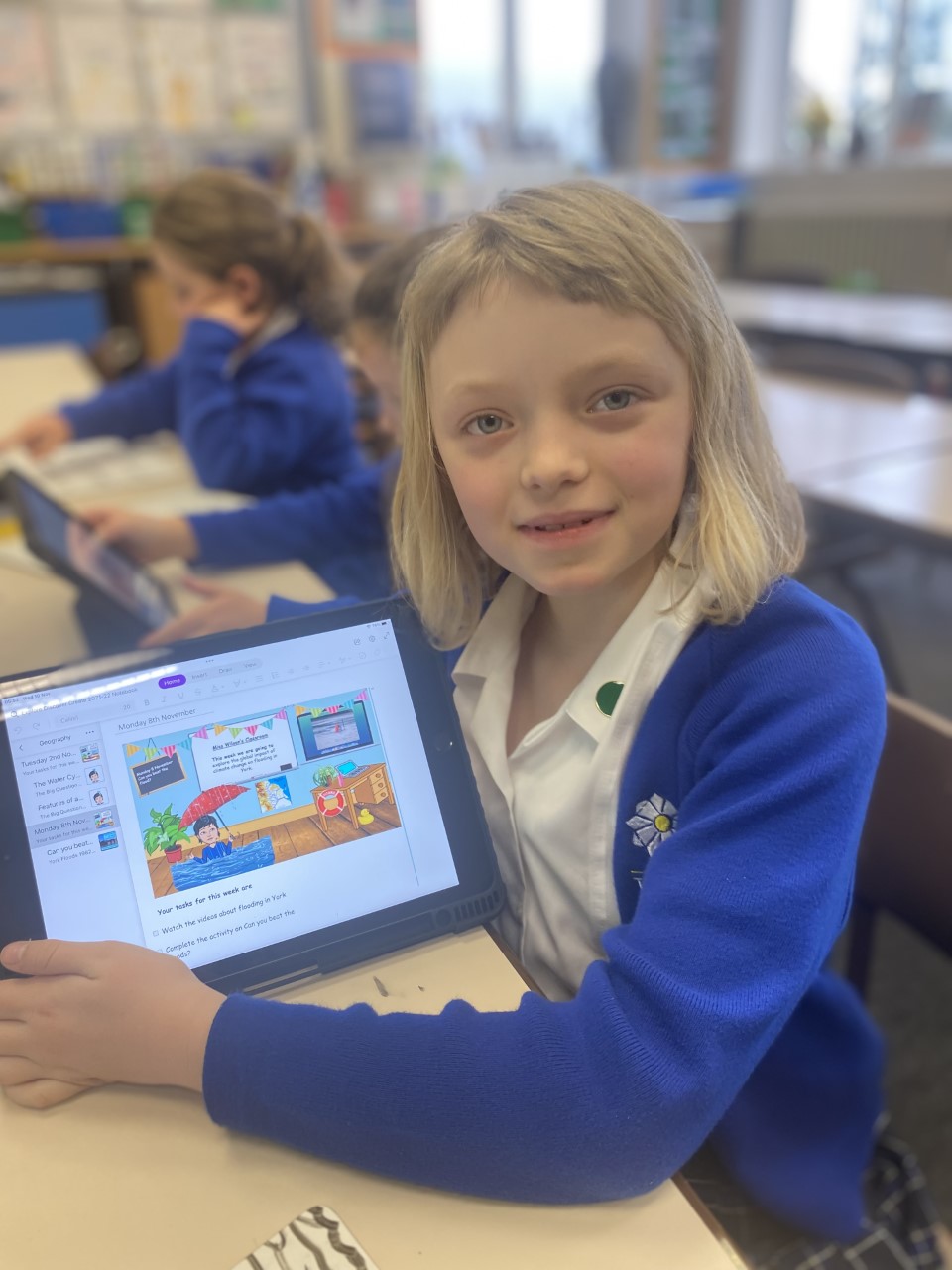
Whilst the exact nature of the girls’ future lives and careers is hard to predict, our Creative Curriculum is designed to focus on developing these 21st Century skills – using your imagination, problem solving, independent thinking, learning from your mistakes and digital literacy. Through the Creative Curriculum we equip our girls with the knowledge, skills and capabilities they will need to be creative and engaged in a rapidly changing world.
The skills learnt through the Creative Curriculum are complimented by the confidence our girls gain in our empowering all-girls environment and the values taught through our Quaker Ethos. Girls grow into grounded, compassionate, confident, and self-aware young women ready to take on any pursuit they put their mind to. They are prepared to succeed and contribute to our complex and changing world.
How do the lessons look in practice?
I like to compare the Creative Curriculum to going on a weekly journey or expedition. At the beginning of the week, we start with the area we are going to visit, this is usually a learning challenge or big question.
Then we give the girls a map and all the equipment they need – this is the background information or content. This is presented in many different forms, so it is accessible to all. We know the individual needs of girls can be different and they learn in different ways, this is exactly why the Creative Curriculum has variety. Technology is a key way of presenting this information, and all girls have access to an ipad helping to develop their digital skills.
Finally, we give the girls a destination, this is an open-ended task which we call a ‘Creative Learning Challenge’. How they reach that destination and show us what they know is up to the girls. Sometimes they will follow my guidebook, other times they go off on a diversion! Giving them this choice allows them to understand their learnings in a way that suits them.
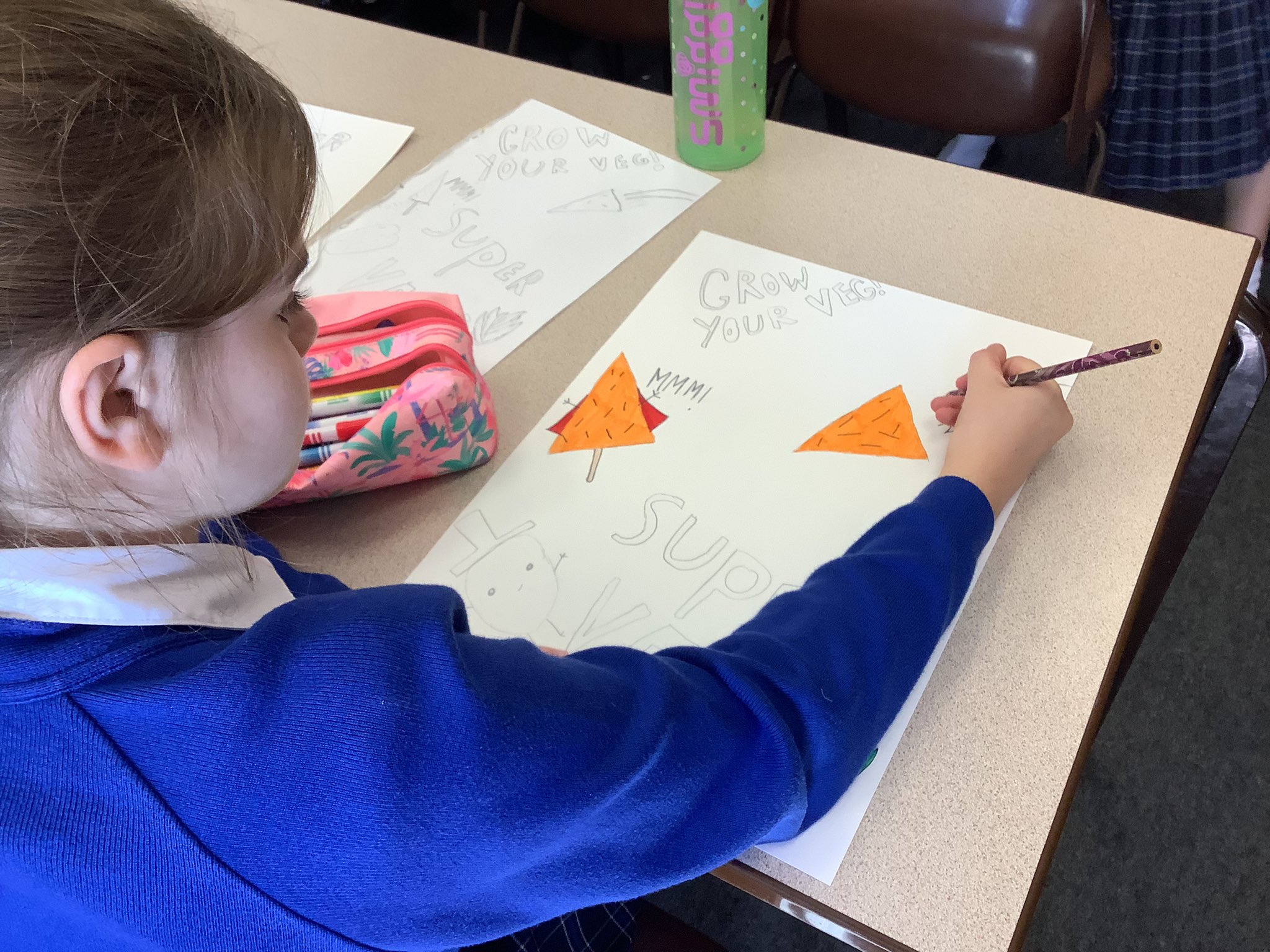 Can you give us a recent example of this journey?
Can you give us a recent example of this journey?
This week our big question (or expedition) was ‘What was the role of women in World War II?’. At the start of the week each girl received a letter offering them a particular job and some training in that role (their map). After learning all about their job roles, they were asked to inspire other women to join them (their final destination) and of course they were encouraged to be creative in their thinking! Some girls made a propaganda movie, some made an animation, and some made posters. Others created a newspaper article or set up a market stall and handed out leaflets. Whatever their approach they all demonstrated a clear understanding of the roles of women during WW2 and how this was a pivotal moment for social change and empowering women.
Does this open-ended approach not give the girls too much freedom?
Not at all, it is about individuality. Not everyone learns in the same way. Some people are visual learners; some people take notes; some make diagrams; some prefer to listen; some need to recite their learning; some people use a combination of all of these styles. No learning style fits all pupils.
If you give the girls a closed task you are not providing them with the opportunity to problem solve and apply their solutions or ideas in practice. Open ended tasks allow the girls to transfer their knowledge and apply it in practice, which is deep learning. They have to self regulate, plan their work and revise their work based on feedback. Finally they are developing the ability to communicate clearly, using a variety of styles, as working in a global economy calls for a more diverse set of communication silks. We want girls to think confidently and creatively, to not to be afraid to experiment or take calculated risks. We are preparing them for a world that requires resilience and flexibility.
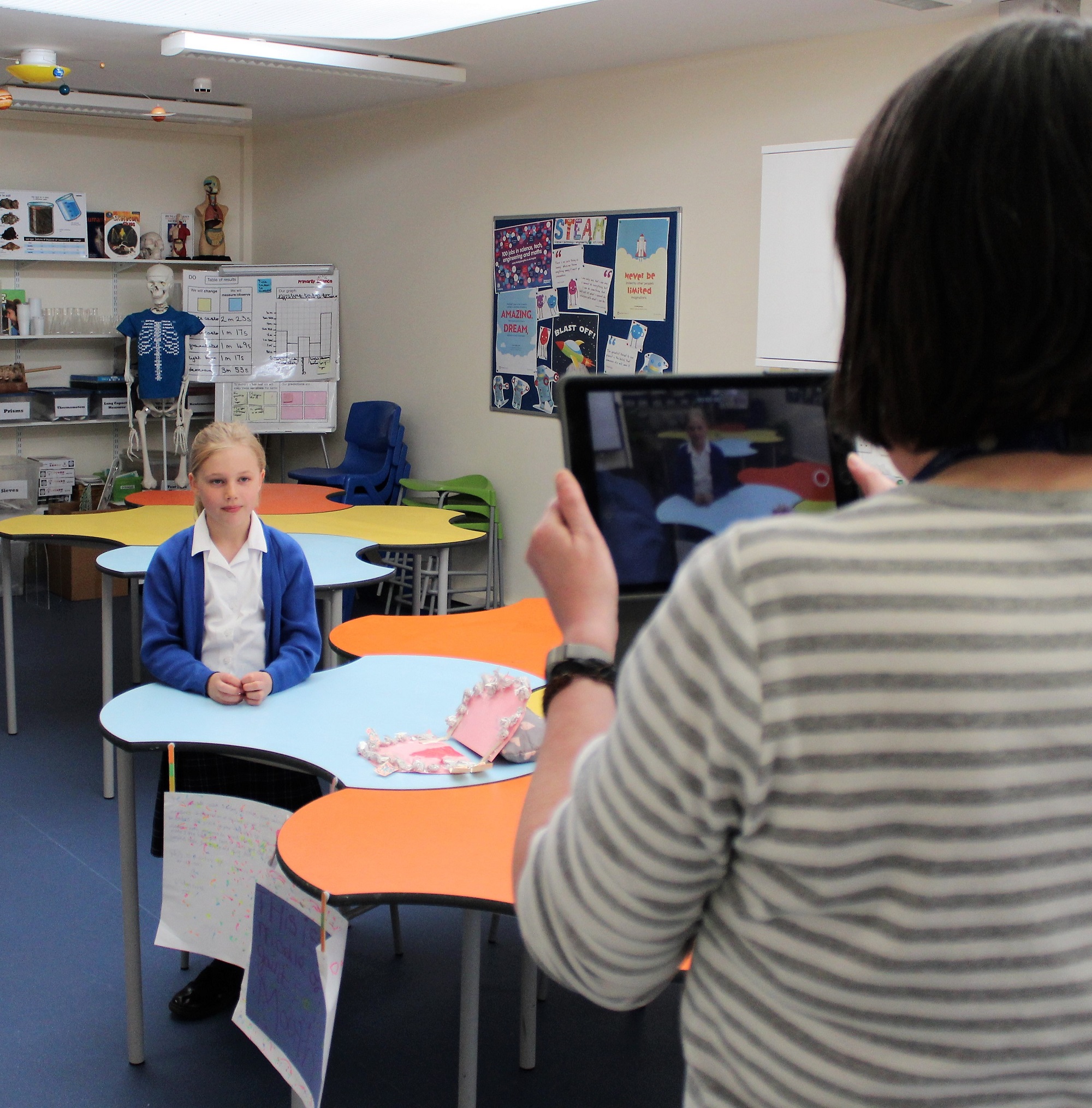 How much help do you give them reaching their final destination?
How much help do you give them reaching their final destination?
My role is to build up an excellent relationship with the girls, to allow them to take responsibility for, and an active role in their learning. I often learn alongside them! There is obviously a progression of skills/content underpinning all of this and I am continually assessing their learning, scaffolding, questioning and providing support where needed.
If all their final pieces are different, how is their work marked?
Each task set for the girls has a success criteria, a set of features teachers wish to see in a child’s work, however they choose to present it. So, in the example above at the end of the girls journey I wanted to see them explain how the role of women differed before, during and after the war. I mark and provide feedback based on two stars and a step. The stars represent how the girls have met the success criteria so for example, ‘Well done you have demonstrated the differing roles of the women in war, I particularly liked your diagram.’ The step represents a step they can take to improve, ‘Your video was very informative, maybe next time consider how using black and white and colour can change the appearance.’
The girls look at my comments and think about how they could improve to strive for excellent work. Girls are determined to do their very best and can struggle with negative feedback, therefore it is so important to be constructive to build their resilience, but to also give them something to consider in their future work. I remind them that even Mary Poppins, who was practically perfect in every way could improve something! We call this DIRT – Dedicated Improvement and Reflection Time, girls in particular benefit from time to reflect.
How do parents keep up-to-date with their daughter’s learning in the Creative Curriculum? We use an electronic learning journey called SeeSaw, so the work and feedback are shared with parents instantly. You can log in from home, see their projects and the feedback. Of course, most girls are very eager to share their learnings at home. One family recently told me how their evening meal had turned into a fantastic conversation about the Mayans with all of their daughters able to contribute.
How does the Creative Curriculum work alongside traditional teaching?
I think girls at The Mount get the best of everything! The variety from the Creative Curriculum combined with the structure of their morning literacy and numeracy lessons and adventures beyond the classroom through activities, outdoor education and trips, provides Mount girls with everything they need to keep them engaged, eager and excited to learn more.